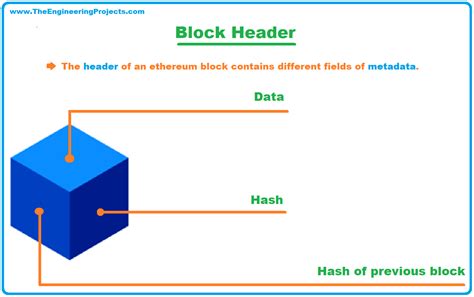Understanding of Ethereum: number of transactions in a block
When entering the complexity of cryptocurrency such as Bitcoin, it is important to cover the basic concepts that regulate their functioning. One of the often viewed aspects is the number of blocking transactions on the Ethereum-Blockchain platform, which has gained significant traction in recent years.
What are the blocks?
Bitcoin and other “blockchain” blocks refer to a collection of transactions, which are inspected by several network nodes, which are therefore connected to the public called
chain

. Each transaction is unique with information such as the sender’s balance, the recipient’s address, the amount of the transaction and much more.
What is Ethereum?
Ethereum is an open source platform, a decentralized platform that allows developers to create intelligent contracts and decentralized applications (DAP). This was created in 2014 by Vitalik Boterin and has since become one of the larger and used blockchain platforms.
Transactions in a block
The Ethereum network can include a few tens of several thousand for each block. This is known as
Block size size. The block size limit is determined by the Ethereum core team and guarantees that the platform is still scalable while maintaining performance and safety standards.
To understand it in the context of Bitcoin, consider:
- Bitcoins had only 5 minutes of blocks in the first days, causing the problem of congestion and increasing the transaction commissions.
- Since more users have joined the network, the block size limit has been gradually increased to deal with the problem of congestion.
Why is the number of transactions important in a block?
The number of transactions in a block has an impact on different aspects of Ethereum:
* Network congestion
: excessive transactions can lead to high levels of block creation and subsequent congestion, which can lead to an increase in transaction commissions and more slow network performance.
* Execution of the intelligent contract : the number of transactions in a block also affects the speed of intelligent contracts, since more transactions mean longer blocks.
* Security : a greater number of block transactions can increase the risk of security and compromised data due to the increase in spam potential or harmful activities.
Conclusion
The number of transactions for Ethereum block is a critical aspect of its action. When continuing to study blockchain technology, it is important to cover the complexity of this concept in order to create gaps in applications and solutions that use the unique benefits of Ethereum.
By understanding how many transactions they can adapt to each block, developers can develop more effective intelligent contracts, optimize the performance of the network and create safe decentralized applications.
Additional reading
- [Ethereum Developer Guide] (
- [Ethereum Network Architecture] (
Be aware of the latest events in Ethereum and Blockchain Technology using our usual articles, guides and training.

